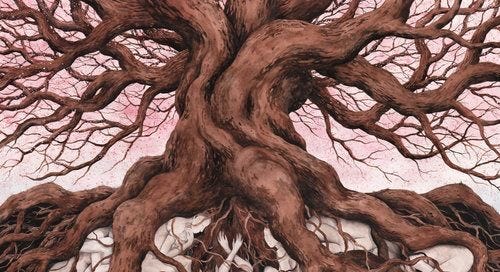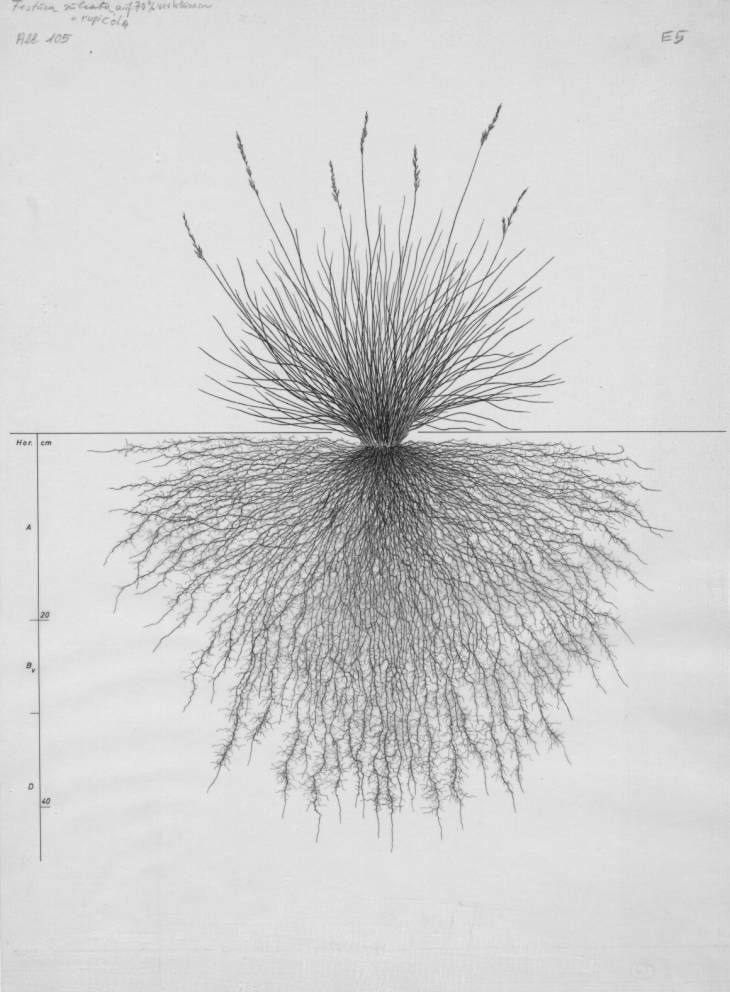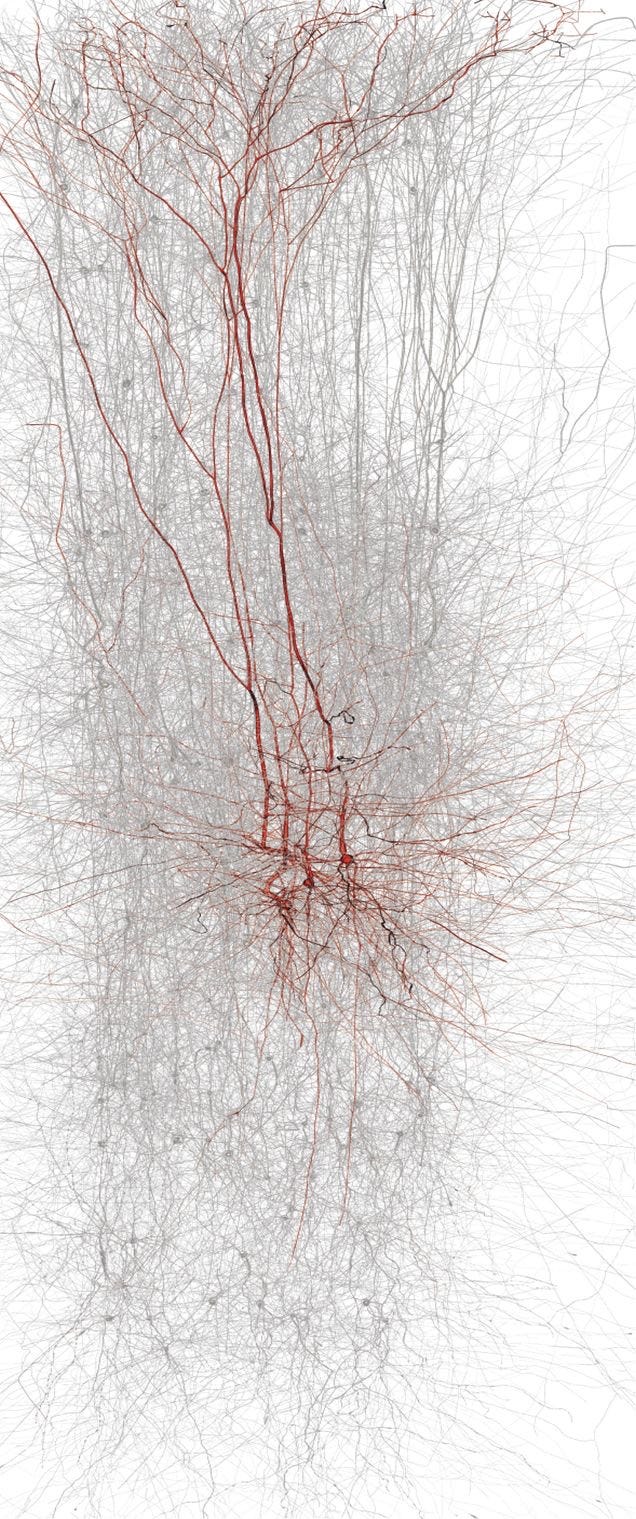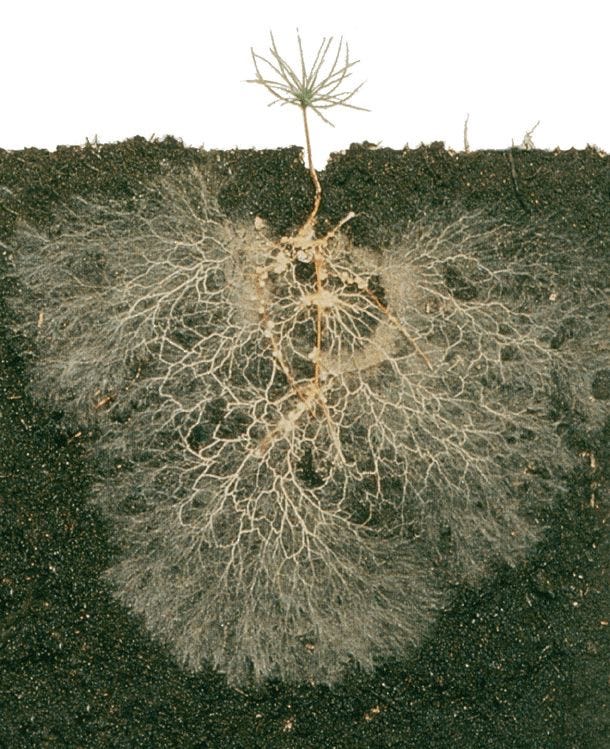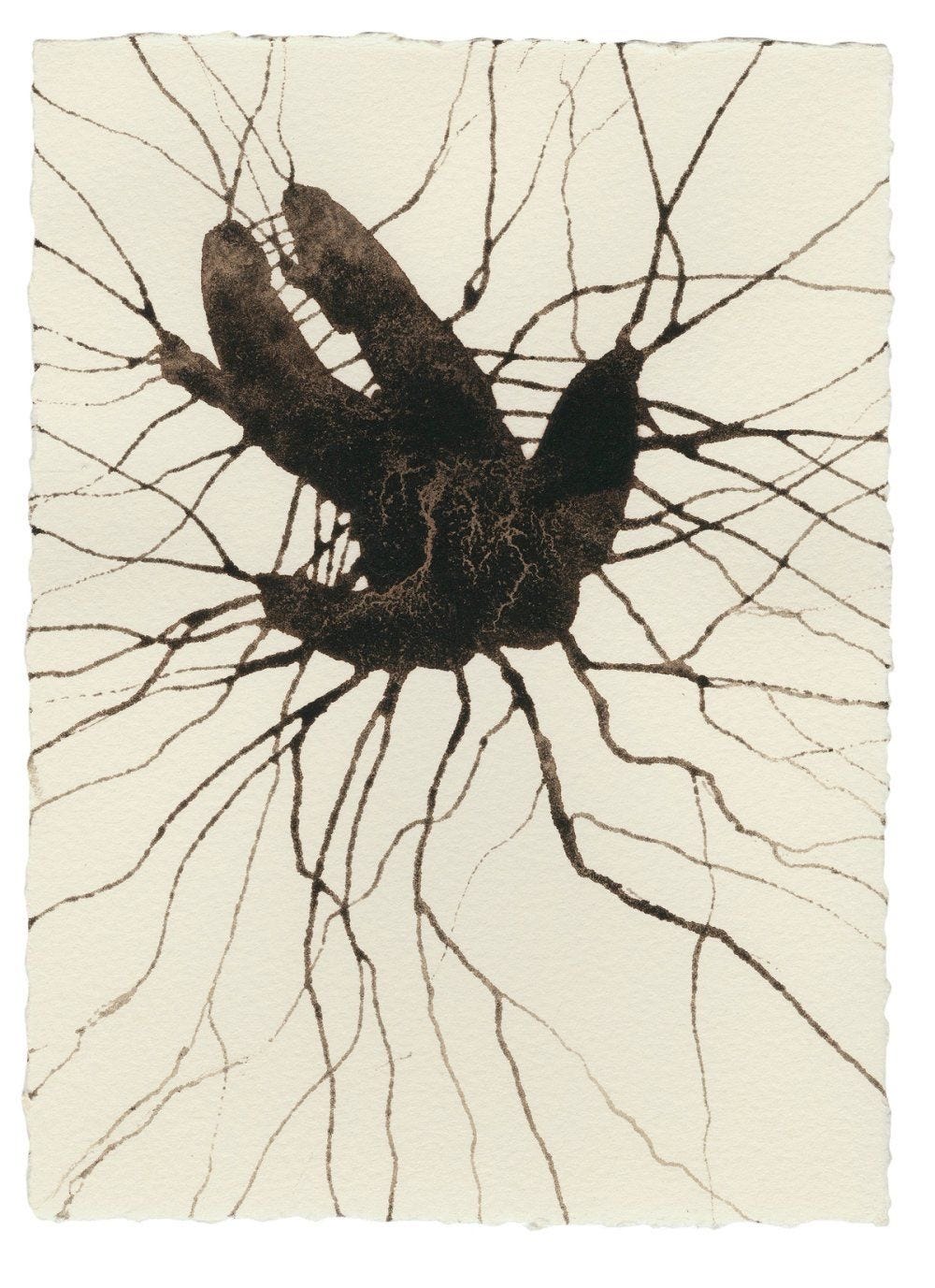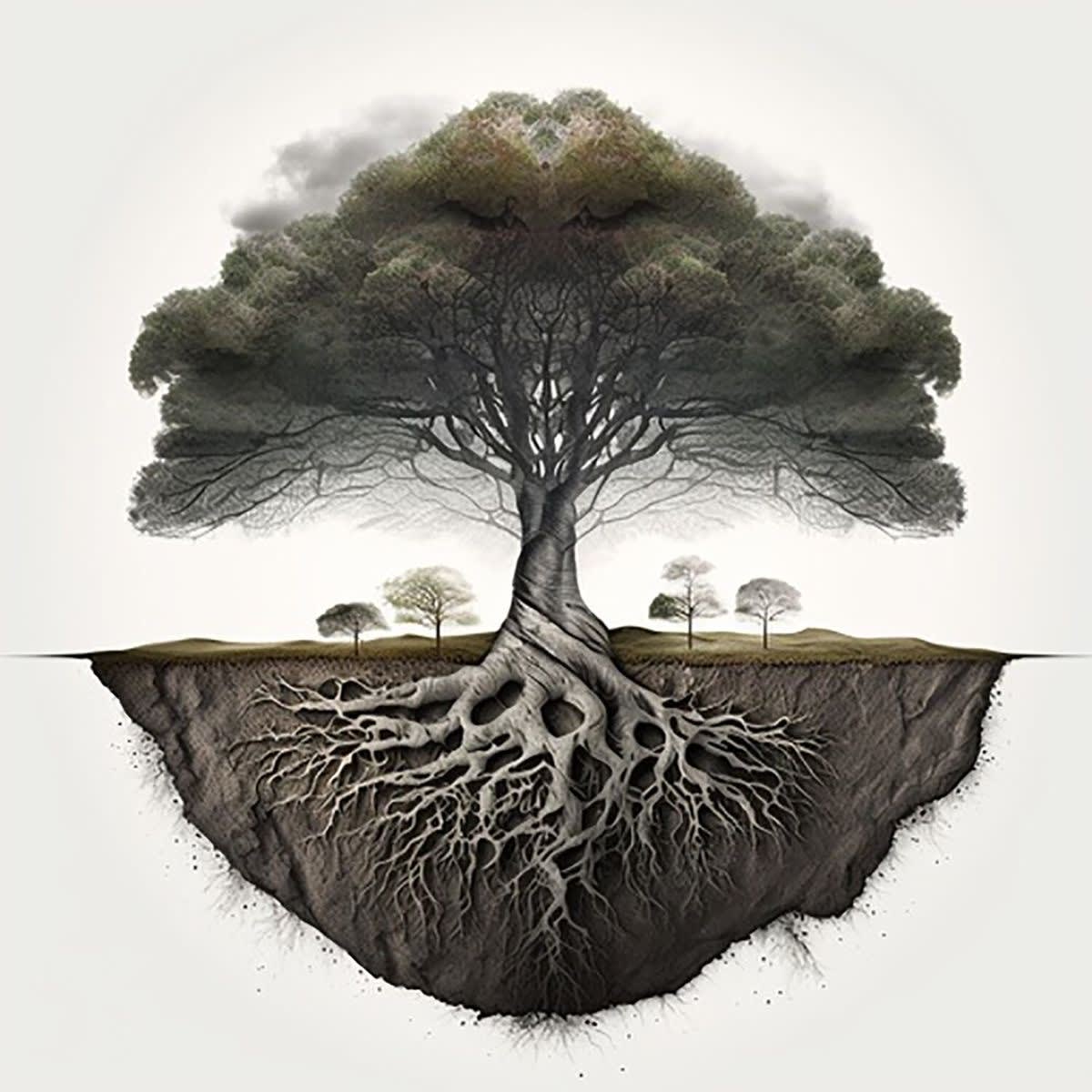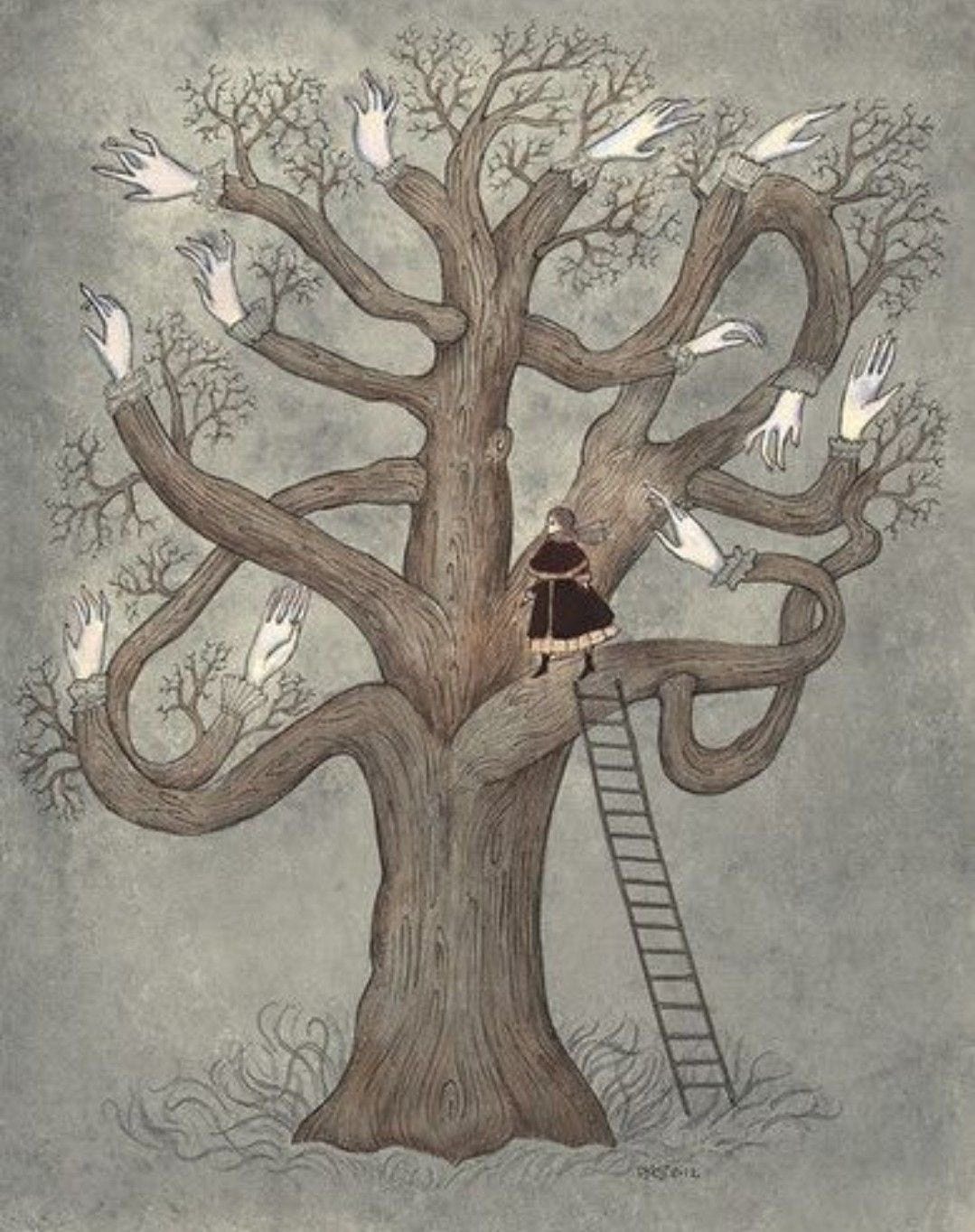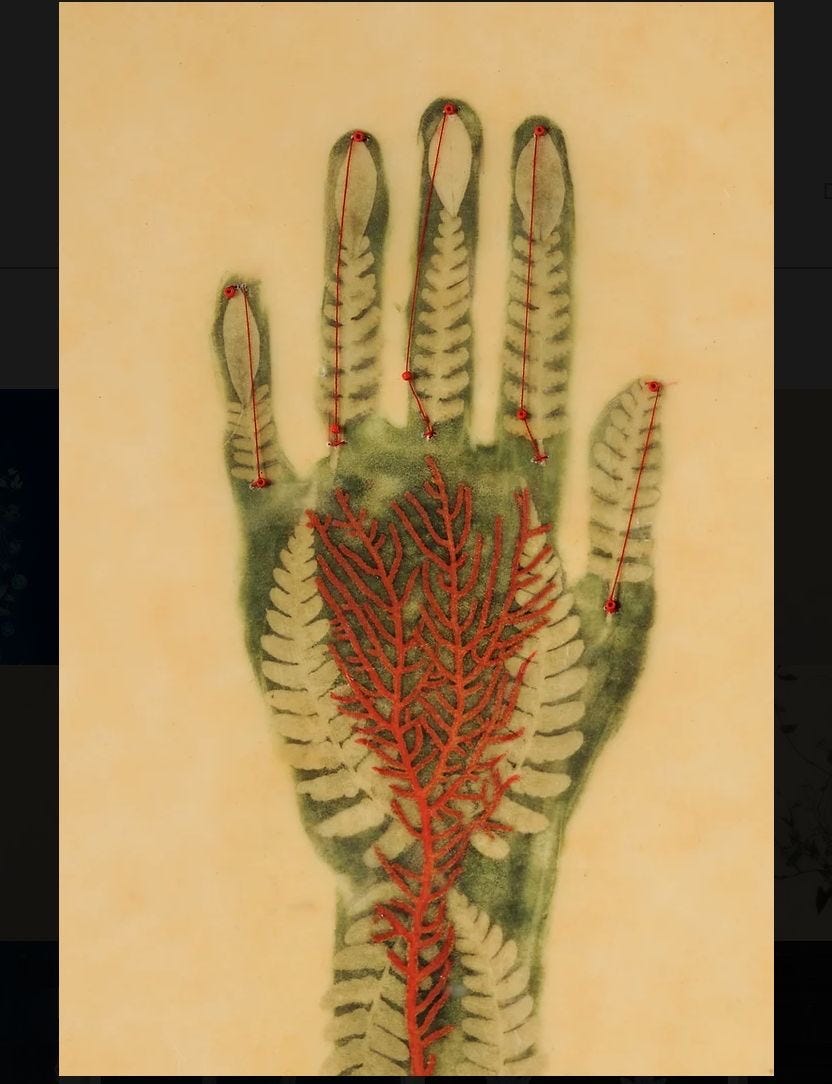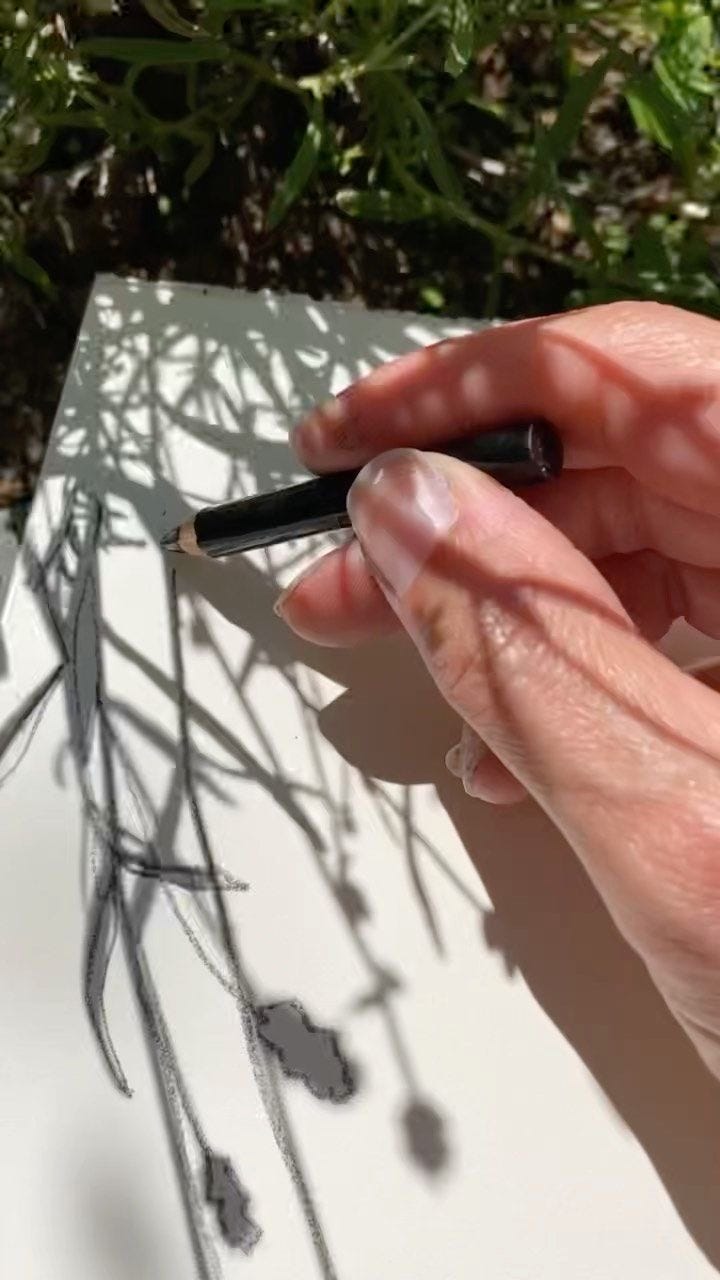Drinking in the Roots; plant brains.
The roots under the soil are the brains of the plants and trees, their communication an orchestra of learning, wisdom and support.
* LINK TO CREATIVITY CIRCLE AT THE END OF POST, LINK TO OUR NEXT THEMED GATHERING AND JOURNALING WILL ARRIVE TOMORROW
Hello!
Im drawn, drawn drawn at this time into the soil and the roots of things, how about you?
As energy on the land falls and descends into the earth, into the core of us, into the centre of things. We are drawn to the roots that live in the earth, that know the mycelium, the thrum of soil and the song it sings.
The roots are where the wild energy is going now, and we are meant to follow the energy of things even when it comes to our diet, for at this time of year, this is where the most goodness is held, in the unseen parts of the plants. But the roots are fascinating, did you know this is where the plants brain resides?
If you pull our human neural network out of the brain organ and look at it, it looks exactly like a lot of other things, including the root systems of plants.
And it turns out that in plants, the root system is their neural network. It is their brain and it's highly intelligent, it has neurons exactly like those in our brain. It uses the same neural chemicals that our brain does. It stores memory.
The intelligence in plants is phenomenal.
The thing is, our neural network is limited by the size of our skull, but in plants the root system can grow forever. There's some Aspen root systems that cover hundreds of acres and are over 100,000 years old. Their neural network dwarfs ours by orders of magnitude and their intelligence level you could say is far superior than our own. Bacteria have a neural network that even exceeds that of plants. They have language. They have culture – all of the things that are supposedly just unique to us, right.
If you take the cutting of a plant from one location and plant it in another, as the neural system of the plant intelligence develops in the soil, analyzing and feeling its surroundings all the while, it alters, as it learns, the shape and formation of emerging neural net and the plant body it develops. This, more effectively, fits it into the environment in which it is now growing. In short, plants possess a highly developed, conscious root brain that works much as ours does to analyze incoming data and generate sophisticated responses. But what is more, the plant brain that emerges always fits its functional shape to the environment in which it appears. The plant neural net, or brain, is highly plastic when compared to ours.
The root apex, which are the pointed ends of the root system, is a combination sensitive finger, perceiving sensory organ, and brain neuron. Each root hair, rootlet, and root section contains an apex; every root mass millions, even billions, of them. For example, a single rye plant has more than 13 million rootlets, with a combined length of 680 miles. Each of the rootlets are covered with root hairs, over 14 billion of them, with a combined length of 6,600 miles. Every rootlet, every root hair, has at its end a root apex. Every root apex acts as a neuronal organ in the root system. In contrast, the human brain has approximately 86 billion neurons, about 16 billion of which are in the cerebral cortex. Plants with larger root systems, and more root hairs, can have considerably more brain neurons than the 14 billion contained in rye plants; they can even rival the human brain in the number of neurons. And when you look at the interconnected network of plant roots and micorrhizal mycelia in any ecosystem, you are looking at a neural network much larger than any individual human has ever possessed. And some people still wonder whether plants are conscious or demonstrate intelligence...
While humans and many other animals, for example, have a specific organ, the brain, which houses its neuronal tree, plants use the soil as the home for the neural net; they have no need for a specific organ to house their neuronal system. The numerous root apices act as one whole, synchronized, self-organized system, much as the neurons in our brains do. Our brain matter is, in fact, merely the soil that contains the neural net we use to process and store information. Plants consciously use the soil itself to house their neuronal nets. This allows the root system to continue to expand outward, adding new neural extensions for as long as the plant grows.
In addition, the leaf canopy also acts as a synchronized, self-organized perceptual organ, which is highly attuned to electromagnetic fields, perceiving the environment and what comes and goes and alerts the brain to it, just as our heart does for us, as well as alerting the other members of their more than human community, through their own language.
There is a continual exchange of information that flows as volatile chemicals through the air, which is a highly complex form of plant communication, a language, that is taken in through plant stomata (mouth), analysed by others, and responded to. There is also a highly complex communication that moves through the soil community. Many chemicals are also released into the mycelial network so the story travels throughout the community. These interactions are highly intelligent and individually generated out of each self-organized plant entity. The underground roots are engaged in social activities that require self-awareness.
Like bacteria, plants consciously form social communities that are tightly coupled together. And similarly to bacteria, plants show just the same sorts of complex and sophisticated behaviours that humans do, from language, to sentience, to intelligence, to the creation of cities, to cooperation in groups, to complex adaptation to their environment, to protection of offspring, to species memory that is consciously handed down through the generations of plants. And, if the definition of tool is extended, as it should be, to the creation of chemicals that are designed to produce specific impacts on environment, plants capacities include intelligent tool making.
Older plants intelligently send out volatiles to younger plants that contain within them information about chemical responses to predation, teaching them what they know so they may survive and thrive. A bean plant, being fed upon by a spider mite, can analyse from its saliva just what type of spider mite is feeding on it, then crafting a specific pheromone, releasing it from its leaf stomata (mouth) as a volatile chemical into the air.
Older plants consciously store the information or wisdom they learn about different predators as a kind of cultural learning that is then passed on to younger generations. Old growth plants are repositories of the acquired learning of the species. Cultural learning and transmission is, in reality, common throughout the Gaian system. Chimpanzees teach their young to collect termites with a stick, and how to make the stick—which is harder than it sounds; the stick must be shaped exactly. Scientists who tried to do so, failed... continuously.
Plants also speak using auditory signals through a complex sound-based language that is far more ancient than the human language, though it exists in a much subtler sound spectrum than our own.
The world is made up of a series of highly conscious nested self-organised systems within other nested self-organised systems within other self-organised systems. Together they make up the much larger system we know as Earth, the living, self-organised biological organism that James Lovelock named Gaia.
We are a part of something incredible, a community of diverse, connected and medicine full beings. An intelligence and wisdom lives beyond our own skin and hearts and minds, it is visceral and real.
Perhaps it is time to eat of plant brains, to drink them from our pots and lie on the soil and listen, listen, listen and feel, truly feel the language far older than words.
LINK TO TOMORROWS CREATIVITY CIRCLE:
It is a space where we can all get on with creative things, projects, ideas that we may need a little persuasion or company to get our teeth into it.
See it as a creative accountability gathering. There are often things bubbling inside us, longing to be created or grown but for whatever reason we keep putting it off.
Perhaps this accountability space can be a supportive place in which to start something or to finish something.
You may want to paint, plan a project, write, dance, clean, draw, knit, weave, sculpt, collage, craft or belly dance, whatever it is let this space together be a place in which to choose to explore it.
We will meet just before the hour starts and briefly share what we are up to, you dont have to share in any detail or share the actual work, but with people sharing what they are going to fill the time with, it can inspire or strengthen someone else. And then with cameras on we shall explore in our own way.
Begin at 12.45, cameras to be kept on so we feel the sense of eachother in our own spaces.
Poem
Share a little something of what we will be exploring in the hour we will share together
Create
End and a brief share
Goodbye and poem
Finish by 2.15
LINK -

